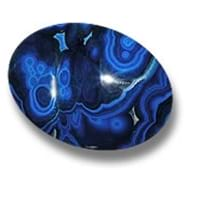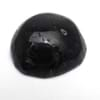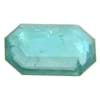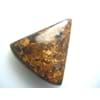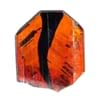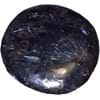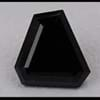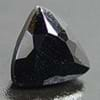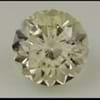Anthophyllite and Azurite Physical Properties
Physical Properties
Tenacity
Not Available
Brittle
Solubility
Not Available
Not Available
Durability
Not Available
Not Available
Specific Gravity
2.9-3.5
3.70-3.90
Fracture
Conchoidal, Brittle, Conchoidal, Brittle, Conchoidal, Brittle
Conchoidal, ConchoidalArthur Thomas, Gemstones (2009), Brittle, Conchoidal
Cleavage
{110} Perfect, {???} Distinct, {???} Distinct
Perfect on {011}, fair on {100}, poor on {110}
Mohs Hardness
5.5-6
3.5-4
Chemical Composition
(Mg,Fe2+ ) 2(Mg,Fe2+ ) 5Si 8O 22(OH) 2Anthony et al , Handbook of mineralogy (2001)
Cu 3(OH) 2(CO 3) 2Michael OâDonoghue , Gems, Sixth Edition (2006) More from other references
Anthophyllite and Azurite Chemical Formula
While comparing Anthophyllite and Azurite physical properties, the important data you should know is its chemical composition. Since chemical formula defines the molecular structure of the crystal, most of the physical properties like color, tenacity, solubility are governed by Anthophyllite and Azurite chemical formula.
- Chemical formula of Anthophyllite- (Mg,Fe2+ ) 2(Mg,Fe2+ ) 5Si 8O 22(OH) 2Anthony et al , Handbook of mineralogy (2001)
- Chemical formula of Azurite- Cu 3(OH) 2(CO 3) 2Michael OâDonoghue , Gems, Sixth Edition (2006) More from other references
Anthophyllite and Azurite Specific Gravity
Another important criteria for qualitative analysis of gemstones is Anthophyllite and Azurite Specific gravity. Specific gravity is the relative density of a gemstone compared with respect to density of water. Gemologists use Anthophyllite and Azurite Optical Properties during the identification of gemstone. Specific gravity of Anthophyllite is 3.70-3.90 whereas that of Azurite is 3.70-3.90.

